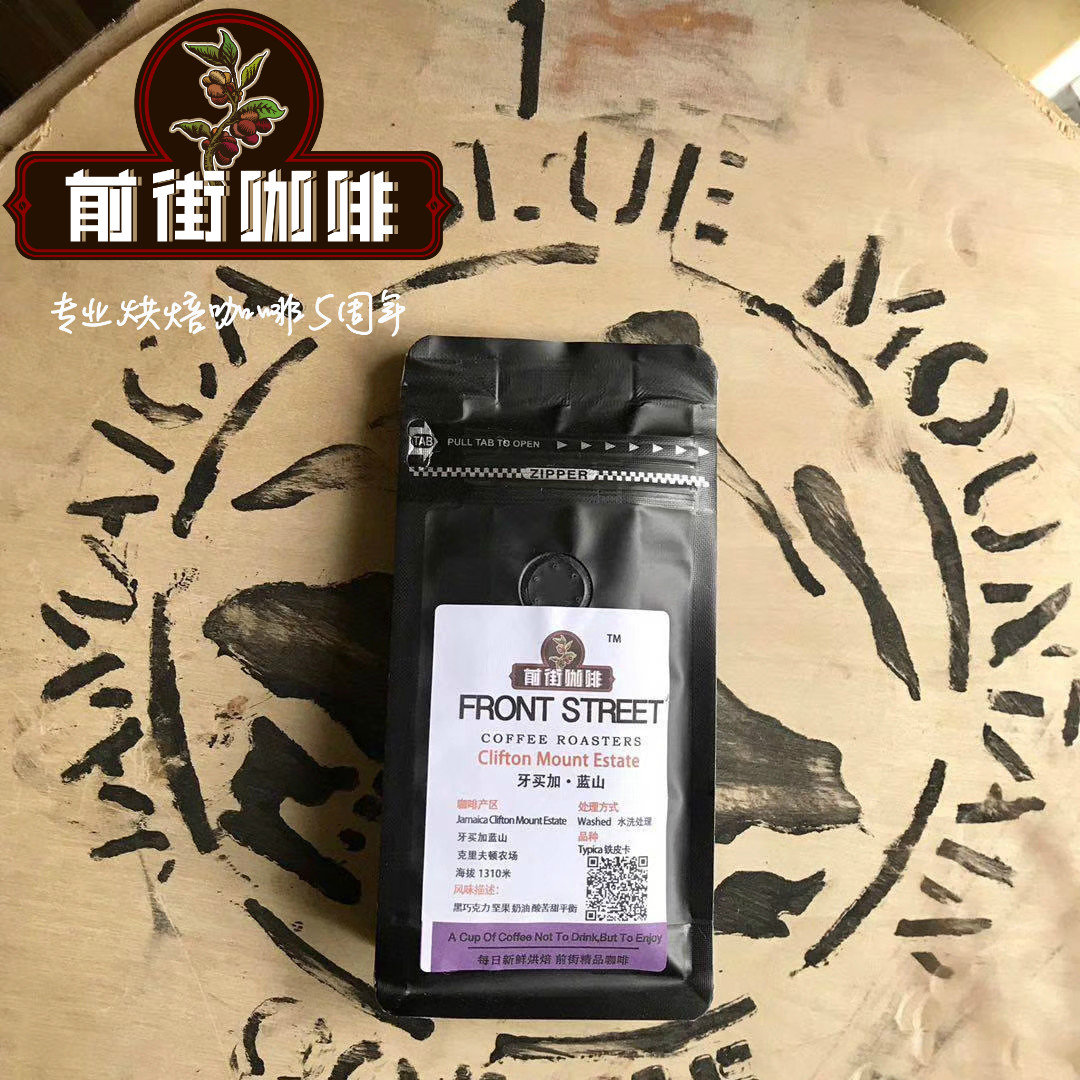Ethiopian Red Cherry Project | Xie Like Shilcho Cooperative | G1 washes local native species

Professional coffee knowledge exchange more coffee bean information please follow the coffee workshop (Wechat official account cafe_style)
Ethiopian Red Cherry Project | Xie Like Shilcho Cooperative | G1 wash the flavor of local native species?
Ethiopia is the country where coffee was first discovered, and it is still the most important producing country and the best in terms of coffee quality and output. Coffee is mostly traditional Arabica species, with an annual output of about 350000 tons and more than 70% of which are exported to countries around the world. About 15 million people in the country are engaged in coffee-related industries, and more than 90% of the farms or cooperatives are planted in small areas. Crops produced in Ethiopia after 2008, including wheat, corn, sesame coffee, etc., were fully introduced into the ECX trading system (Ethiopian Commodity Exchange) to replace the existing auction and export methods, by coffee farmers or cooperatives, sending coffee to ECX centralized warehouses, beans of the same grade and producing areas will be mixed together and auctioned directly. You will not know which farmers or cooperative producing areas produce it. In fact, this practice has no effect on output and quality, and it is easier to tell the quality of coffee by price. What is triggered is that intermediate traders cannot freely track their satisfactory profits [low price and high quality] to make consumers more clear and transparent, because they will be taxed heavily if they do not go through the ECX trading system. Now more than 90% are through this trading system, but for buyers of boutique coffee ECX trading system is not a good thing, so from 2010 Ethiopia launched the DST (Direct Specialty Trade) system, DST system is an irregular Ethiopian auction, only through the SCAA cup test standard of more than 80 points of boutique coffee specialty coffee can hang up their own farm or cooperative name with foreign raw bean traders trade.
In Ethiopia, water-washed beans will be distinguished by adding 1 and 2 after the name (with a higher quality of 1). The pulp will be removed immediately after the coffee cherry is harvested, and then the coffee beans will be fermented in water to remove the pectin layer. this process takes several hours, and the number of hours depends on the type of coffee, producing area and temperature, and this process must be closely grasped that if there is a slight mistake, the coffee bean will have a poor flavor. After the fermentation is completed, the coffee beans will be washed through a long sink with high and low drop, and any defective beans and foreign bodies will also be removed during the process. After that, the coffee beans will be dried on the drying bed. At this time, you also need to pay close attention to turning every few hours to ensure the integrity of the drying process. This is the whole process of washing beans.
Operation Cherrie Red's "Red Cherry Initiative" (ORC) is a project to improve the quality of small-scale farms, mainly to encourage soybean farmers and surprise roasters. Trabocca, the largest coffee bean manufacturer in the Netherlands, invited all Ethiopian farms to produce small batches of beans of about 1500 to 3000 kilograms (25Muth50 bags) before the harvest season. Women can only choose fully 100% ripe red cherries. There is a big difference in the flavor of brewed coffee, so careful-eyed and industrious Ethiopian women are an important driver of the Red Cherry project.
Operation Red Cherry is also a reinforcing method, which makes the farm pay more attention to the process of selecting beans. The prices of these coffees are also relatively high. Red Cherry Action has water washing, sun-drying beans, half-washing, half-sun, experimental coffee and so on. The main producing areas are Yegashev, Sidamo, Penga Forest, Lekanti, Ken Bata, Iruba, Hara, Lim, and joined Coroja Golocha in 2011 (near Hara). These are unique flavors and can fully show the flavor of Ethiopian beans. Trabocca will choose from the coffee after receiving it. Farms that have passed the cup test quality test in Ethiopia and the Netherlands will pay a high bonus, and the cup test pass score must be more than 88 points in order to become a good coffee for the Red Cherry project. Trabocca, the promoter of the Red Cherry project, invested all the profits earned in the past few years in the cooperative farm. Trabocca stressed that this is an unprofitable plan, so the company only uses four people, including the boss and secretary, to carry out the Red Cherry project, and other administrative related matters are supported by the parent company to reduce administrative expenses, and all the profits are returned to the cooperative farm.
Yirgacheffe Yegashev in the indigenous language is "Let's settle down in this wetland." he is located in the northwest highlands of Sidamo Province. Because there are many special representative farms and are very representative, the Sherike cooperative is composed of three African indigenous people. The traditional bean drying process needs more control and the warmth of the sun in order to achieve good beans throughout the year. However, the cup test scores in the past can not be used as a reference for this year's purchase. Changes in climate conditions in small areas determine this year's harvest, because coffee beans are traditionally wild, and women pick them up in the forest. This is the king of good coffee. If you want to omit this process, you will not get good coffee.
Property Characteristics: farm characteristics
Name name: Adem Chilcho Xie Like Cooperative
Region producing area: Sidamo region, near the town of Dilla
Country countries: Ethiopia Ethiopia
Grade level: G1
Altitude: 1800Murray over 2200m
Harvest period harvest time: October every year to January of the following year
Certification certification: all coffee without certification is non-toxic and organic.
Soil Type soil properties: PH5.2--6.2 red brown laterite
Coffee Characteristics: coffee characteristics
Variety variety: heirloom cultivars traditional native species of Yega
Processing System treatment: Washed washed beans
Appearance appearance: Longberry long meter-shaped 16 murmur18 eyes
Top Jury Descriptions judge's comment: the baking degree measured by the cup for 60 seconds at the beginning of the first explosion (Cinnamon)
Aroma aroma / flavor flavor: daffodils, chamomile, almond jam, licorice, black tea, guava, vanilla, brown sugar, honey
Sour quality: flower oxalic acid, sweet plum, jujube fruit acid, sunken plum
The complexity of complex is similar to that of other: the aroma of chamomile, the sweetness of kumquat preserves, slippery taste without thickness, bright mint cool up the nasal cavity
Overall style attributes: light, clean, honey sweet
Qianjie recommended cooking:
Filter cup: Hario V60
Water temperature: 90 degrees
Degree of grinding: small Fuji 3.5
Cooking methods: the ratio of water to powder is 1:15, 15g powder, the first injection of 25g water, 25 s steaming, the second injection to 120g water cut off, waiting for the powder bed water to half and then water injection, slow water injection until 225g water, extraction time about 2:00
Analysis: using three-stage brewing to clarify the flavor of the front, middle and back of the coffee. Because V60 has many ribs and the drainage speed is fast, it can prolong the extraction time when the water is cut off.
Important Notice :
前街咖啡 FrontStreet Coffee has moved to new addredd:
FrontStreet Coffee Address: 315,Donghua East Road,GuangZhou
Tel:020 38364473
- Prev

Yejia Xuefei production area | Burka Silinga Black Lattice skirt treatment Plant Flavor of Local Native species of washed beans
Professional coffee knowledge exchange more coffee bean information please follow the coffee workshop (Wechat official account cafe_style) Yega Xuefei production area | Burka Silinga black plaid skirt treatment plant what is the native flavor of washed beans? The black plaid skirt processing plant is located in the famous Yega Sheffield area of Ethiopia. About 500 farmers hand over their coffee beans to the black plaid skirt cleaning station.
- Next

Ethiopia Gedeo Yegasuefei | Chelba Chaloba G3 hand flushing parameters of dried beans?
Professional coffee knowledge exchange for more information about coffee beans, please follow the coffee workshop (Wechat official account cafe_style) Ethiopia Gedeo Yegasuefei | Chelba Chaloba G3 hand washing parameters of dried beans? Ethiopia is the country where coffee was first discovered. It is still the most important producer and the best country in terms of coffee quality and output. Most of the coffee is traditional Allah.
Related
- Detailed explanation of Jadeite planting Land in Panamanian Jadeite Manor introduction to the grading system of Jadeite competitive bidding, Red bid, Green bid and Rose Summer
- Story of Coffee planting in Brenka region of Costa Rica Stonehenge Manor anaerobic heavy honey treatment of flavor mouth
- What's on the barrel of Blue Mountain Coffee beans?
- Can American coffee also pull flowers? How to use hot American style to pull out a good-looking pattern?
- Can you make a cold extract with coffee beans? What is the right proportion for cold-extracted coffee formula?
- Indonesian PWN Gold Mandrine Coffee Origin Features Flavor How to Chong? Mandolin coffee is American.
- A brief introduction to the flavor characteristics of Brazilian yellow bourbon coffee beans
- What is the effect of different water quality on the flavor of cold-extracted coffee? What kind of water is best for brewing coffee?
- Why do you think of Rose Summer whenever you mention Panamanian coffee?
- Introduction to the characteristics of authentic blue mountain coffee bean producing areas? What is the CIB Coffee Authority in Jamaica?

